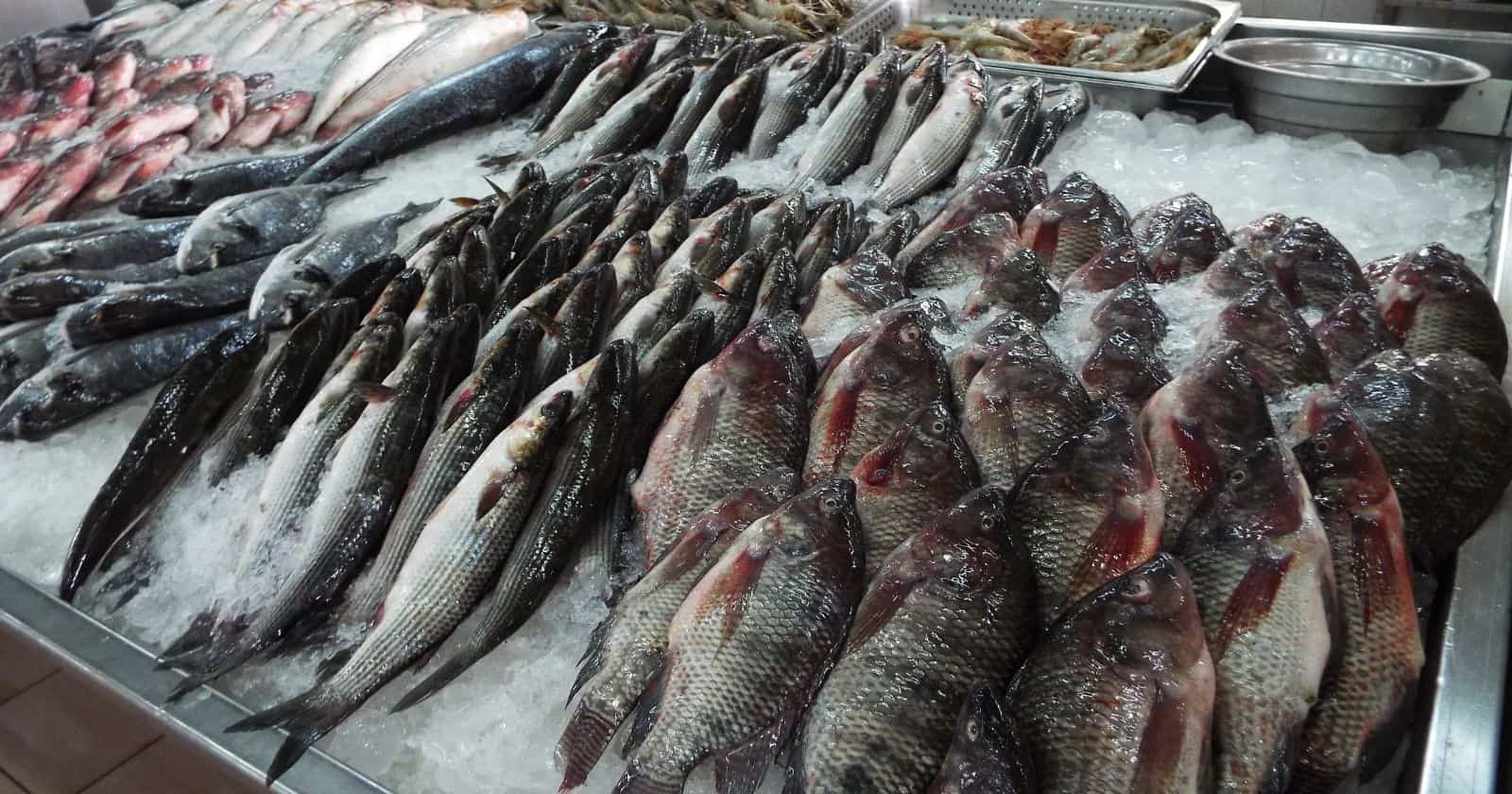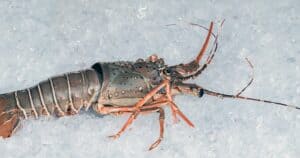Introducing a seafood lover’s dream: fish that closely resembles the delectable taste and texture of lobster. If you’ve ever yearned to enjoy the flavors of lobster but wanted a more budget-friendly alternative, look no further.
We’ll delve into various fish options that satisfy your lobster cravings, from monkfish and cod to halibut and pollock.
Monkfish, often hailed as the closest match to lobster in both taste and texture, boasts firm, bright-white flesh with a sweet and mild flavor profile.
On the other hand, cod offers a similar taste to lobster and can easily be found at your local grocery store, making it an ideal choice for the whole family.
While not as precise in mimicking the lobster flavor as monkfish, halibut is still an excellent option for seafood enthusiasts intrigued by lobster’s taste. Meanwhile, pollock, a more affordable alternative, can be seasoned and cooked to approximate the lobster experience, making it perfect for lobster rolls or bisque.
However, the options don’t end there. Grouper, tilapia, sea bass, redfish, rockfish, crawfish, and scallops also lend themselves to a similar taste profile as lobster. Just keep in mind that the cooking process may influence the overall flavor and texture of these fish.
In the rest of this blog post, we’ll explore each fish variety in more detail, examining their unique characteristics, and cooking techniques.
Monkfish: A Lobster-Like Delight
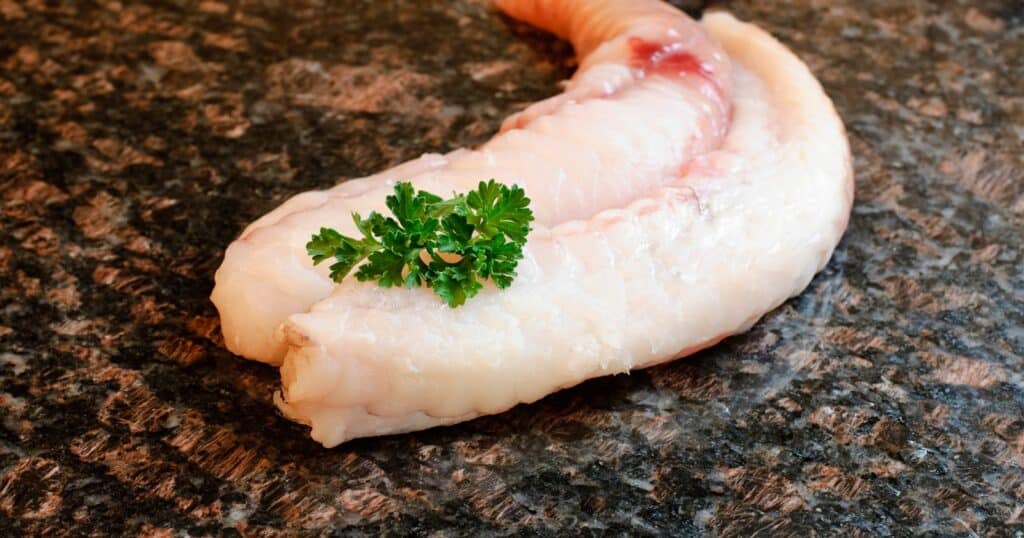
Monkfish, also known as the “poor man’s lobster,” is a type of fish that closely resembles lobster in taste and texture. With its firm texture and mild, slightly sweet flavor, monkfish filets are often considered as a great alternative to lobster tails. This versatile fish can be prepared in various ways, such as baking, pan-searing, or adding it to dishes like bouillabaisse.
One of the key reasons why monkfish is often compared to lobster is its thick and hefty filets, which resemble the texture of lobster tails. This makes it a budget-friendly option for seafood lovers who want to enjoy a lobster-like experience without breaking the bank.
Aside from its resemblance to lobster, monkfish also offers a clean-tasting flavor that appeals to those who are sensitive to or dislike the strong “fishy” taste often associated with seafood. Its mild sweetness adds a delightful touch to any dish, making it a seafood delight for many.
In terms of preparation, monkfish offers great flexibility. Whether you prefer it baked, pan-seared, or added to a flavorful seafood stew like bouillabaisse, monkfish delivers a delicious experience. Its firm flesh holds up well during cooking, ensuring a satisfying and succulent seafood meal.
Cod: When Affordability Meets Lobster Taste

Cod is a versatile and affordable fish that can be transformed into a dish with a taste similar to lobster. This recipe for “Poor Man’s Lobster” allows you to enjoy the flavors of lobster at a fraction of the cost. By following a few simple steps, you can create a delicious and budget-friendly alternative.
To start, you will need six cod filets that are approximately six ounces each and one inch thick. Thaw them if they were previously frozen. In a large stock pot, bring six cups of water, one cup of sugar, and two tablespoons of salt to a boil. Add the cod filets to the boiling water and cook for five minutes.
Once the cod is cooked, remove it from the water using a slotted spoon and place it on paper towels to dry. Preheat your broiler and spray a broiler pan with nonstick cooking spray. Place the cod filets on the broiler pan and drizzle half of the melted butter over the top of them. Broil the cod filets for three minutes.
Then, remove the pan from the oven, flip the fillets over, and drizzle the remaining melted butter over them. Finally, sprinkle with paprika and place the pan back under the broiler for eight minutes or until the fillets are golden brown.
It’s important to note that while this dish replicates the taste of lobster, it may not have the same texture. However, the combination of the sugar, salt, and butter creates a rich and flavorful experience that is reminiscent of lobster.
Halibut: A Satisfactory Substitute for Lobster
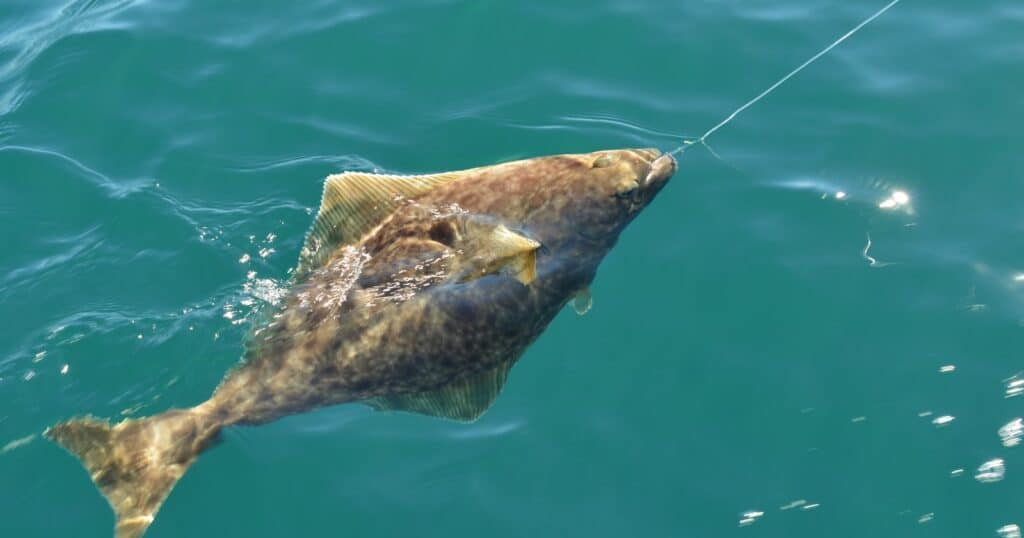
Halibut is a great substitute for lobster, especially when cooked using the “poor man’s lobster” recipe. With its strong flavor, halibut can mimic the taste of lobster quite well.
To prepare poor man’s lobster with halibut, simply boil the fish in water with sugar and salt for around 10 minutes, until it becomes nice and flaky. Then, serve it with melted butter, just like you would with lobster. The dish is delicious and satisfying, offering a more affordable option without compromising on taste.
In addition to halibut, other white fish like cod can also be used as a substitute for lobster. These fish share a similar texture and mild flavor, making them suitable alternatives for those looking to enjoy lobster-like dishes at a lower cost.
Pollock: Creating Lobster-Inspired Dishes
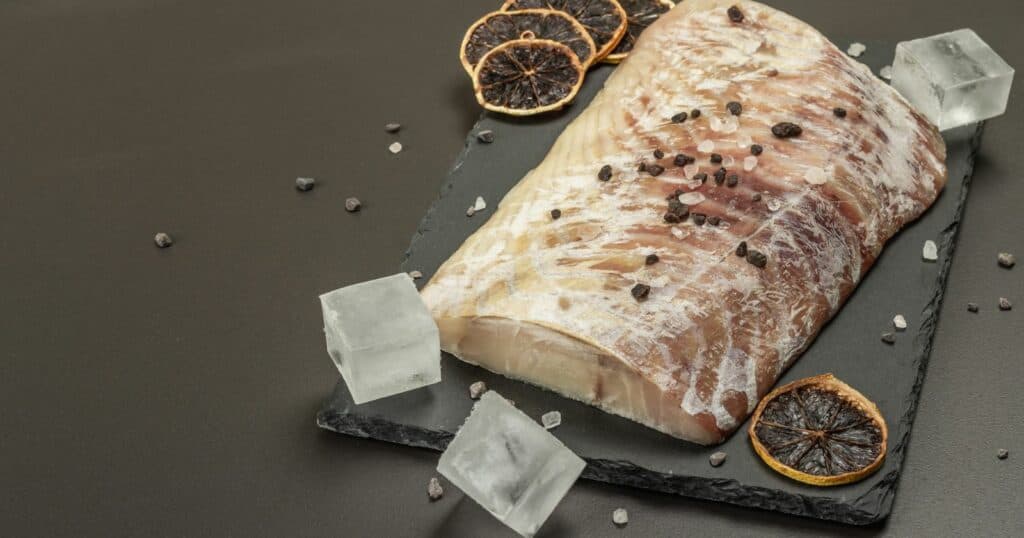
Pollock is a type of fish that can be used as a substitute for lobster in creating delicious lobster-inspired dishes. While it may not taste exactly like lobster, pollock offers a similar texture and is a more affordable option for those looking to enjoy the taste of lobster without breaking the bank.
One popular dish that can be made with pollock is Grilled Lemon Pollock Fish. Marinating pollock fillets in lemon juice, olive oil, dijon mustard, and other seasonings and herbs, and then grilling them to perfection, creates a flavorful and refreshing dish. The tanginess of the lemon juice and the richness of the olive oil enhance the natural flavors of the pollock.
Another delightful dish is Pollock Poached in Butter and Herbs. This simple yet elegant meal involves poaching pollock fillets in a mixture of butter, chicken stock, and herbs. The butter adds a luscious richness to the fish, while the herbs infuse it with aromatic flavors. The poaching method ensures that the pollock remains moist and tender, creating a delightful dining experience.
For those who prefer the taste and texture of lobster, but are looking for a more affordable option, imitation lobster made from finely minced wild Alaska pollock is available. Brands like Louis Kemp offer imitation lobster that blends minced pollock with ingredients like starch, salt, and natural lobster meat.
Lastly, if you’re in the mood for a quick and easy “lobster” roll, you can use imitation crab meat made from wild-caught Alaskan pollock. Simply mix the imitation crab meat with your preferred seasonings, such as mayonnaise, celery, and lemon juice, and serve it in a buttered and toasted roll. It’s a delicious alternative that captures the essence of a classic lobster roll without the high price tag.
Grouper, Tilapia, and Sea Bass: Underwater Alternatives
Grouper, tilapia, and sea bass are all excellent alternatives to lobster. Grouper can be used in the popular “poor man’s lobster” recipe, while tilapia can substitute for red snapper in a lobster roll.
Sea bass is also a versatile option for various lobster recipes. These fish provide a similar taste and can be enjoyed as a substitute for lobster in a range of dishes.
Grouper:
- Can be used in the delicious “poor man’s lobster” recipe, where the fish is steamed or boiled and then served with melted butter.
- Has a firm and mild taste, resembling the delicate flavor of lobster.
- Its texture is similar to lobster meat, making it a great replacement in lobster-inspired dishes.
Tilapia:
- Can be an excellent substitute for red snapper in a lobster roll, providing a similar taste and texture.
- Has a mild and slightly sweet flavor that pairs well with lobster-inspired seasonings and sauces.
- Its tender, flaky texture is reminiscent of lobster meat, making it a suitable alternative.
Sea Bass:
- Can be used in various lobster recipes, such as lobster bisque, lobster tacos, or grilled lobster-style dishes.
- Has a rich and buttery flavor that is comparable to lobster.
- The firm texture of sea bass can mimic the consistency of lobster meat in these recipes.
Redfish, Rockfish, Crawfish, and Scallops: Expanding Your Lobster-Like Options
Redfish, rockfish, crawfish, and scallops are all seafood options that can be used to expand your choices for lobster-like dishes. These alternatives offer similar textures and flavors to lobster, making them excellent substitutes in various recipes. Here’s a closer look at each of these options:
- Crawfish: Also known as crayfish or crawdads, crawfish resemble smaller lobsters and are commonly found in the southern parts of America, particularly Louisiana. They are widely used in Creole cooking and are a staple in Cajun country. Crawfish are sustainably farmed and often fed on naturally growing plant material in ponds.
- Redfish and Rockfish: Both redfish and rockfish offer similar textures to lobster, making them suitable for dishes like lobster rolls. Redfish is primarily caught in the Gulf of Mexico and the Western Caribbean, while rockfish is found in the Pacific Ocean. These fish can be excellent alternatives for lobster enthusiasts.
- Scallops: Scallops are a type of shellfish with a sweet, delicate flavor and a texture that resembles lobster meat. They can be used in dishes such as lobster bisque or served as a standalone main course. Scallops provide a luxurious seafood experience that closely resembles the taste and texture of lobster.
By incorporating these seafood options into your culinary repertoire, you can indulge in a variety of dishes reminiscent of lobster. Whether you prefer the flavors of crawfish, monkfish, redfish, rockfish, or scallops, there are plenty of options to satisfy your cravings for lobster-like meals.
Note: If you have a shellfish allergy, it is important to avoid crawfish, lobster, and other shellfish like shrimp, crab, and prawns, as they can trigger an allergic reaction.
Exploring Taste Profiles and Cooking Methods
Grouper is a meaty and flavorful fish with a taste profile similar to a cross between bass and halibut. It is forgiving during cooking and can be prepared in various ways, such as grilling, pan-frying, or baking. When choosing grouper, look for firm and moist flesh, avoiding fish with a strong fishy odor or overly white color.
Sea bass, on the other hand, has a mild and delicate flavor that pairs well with a variety of seasonings. It can be cooked through pan-searing, grilling, or baking, with pan-searing being a quick and easy method. When selecting sea bass, opt for the freshest fish available, whether it’s sea bass or Chilean sea bass.
Both grouper and sea bass are versatile fish that can be flavored in numerous ways and served with various sides. From lemon and herbs to blackening seasoning or lemon butter sauce, grouper can be customized to suit your preferences. Sea bass, on the other hand, can be enjoyed with roasted vegetables, rice, or a refreshing salad.
In conclusion, grouper and sea bass are excellent choices for those looking to explore different taste profiles in fish dishes. Grouper offers a meaty and moist texture, while sea bass provides a mild and delicate flavor. Both can be cooked using various methods and paired with a range of flavors and sides.

